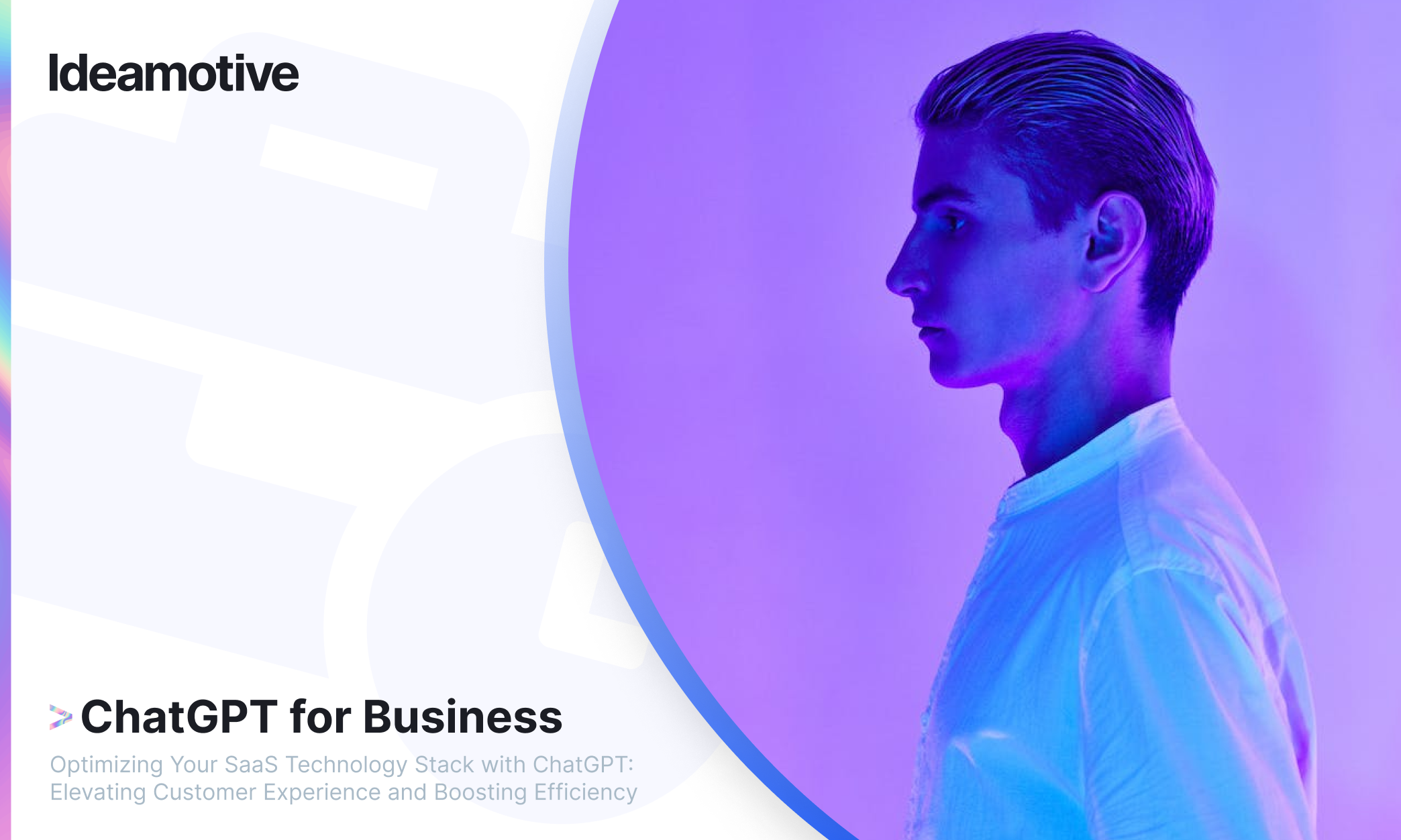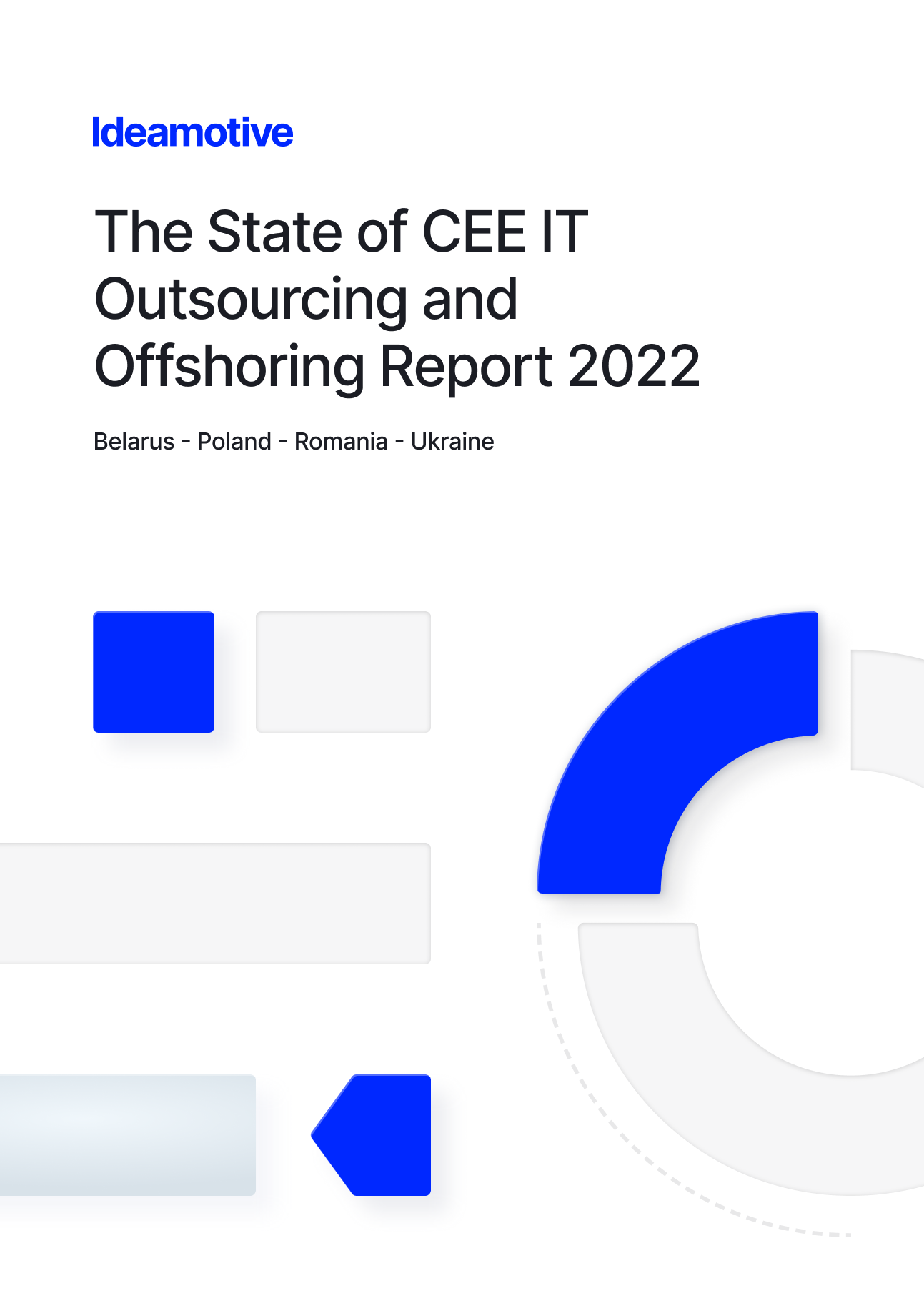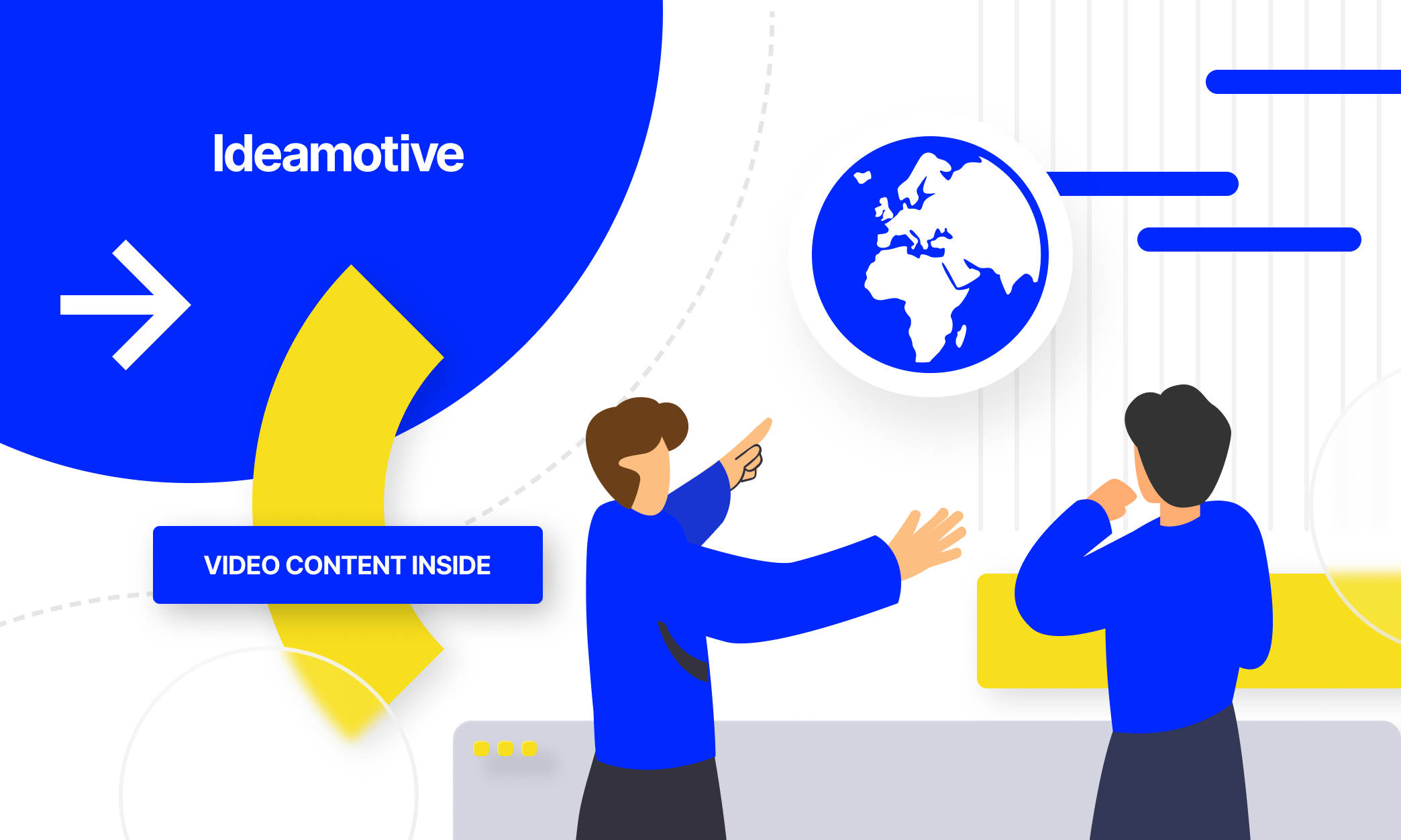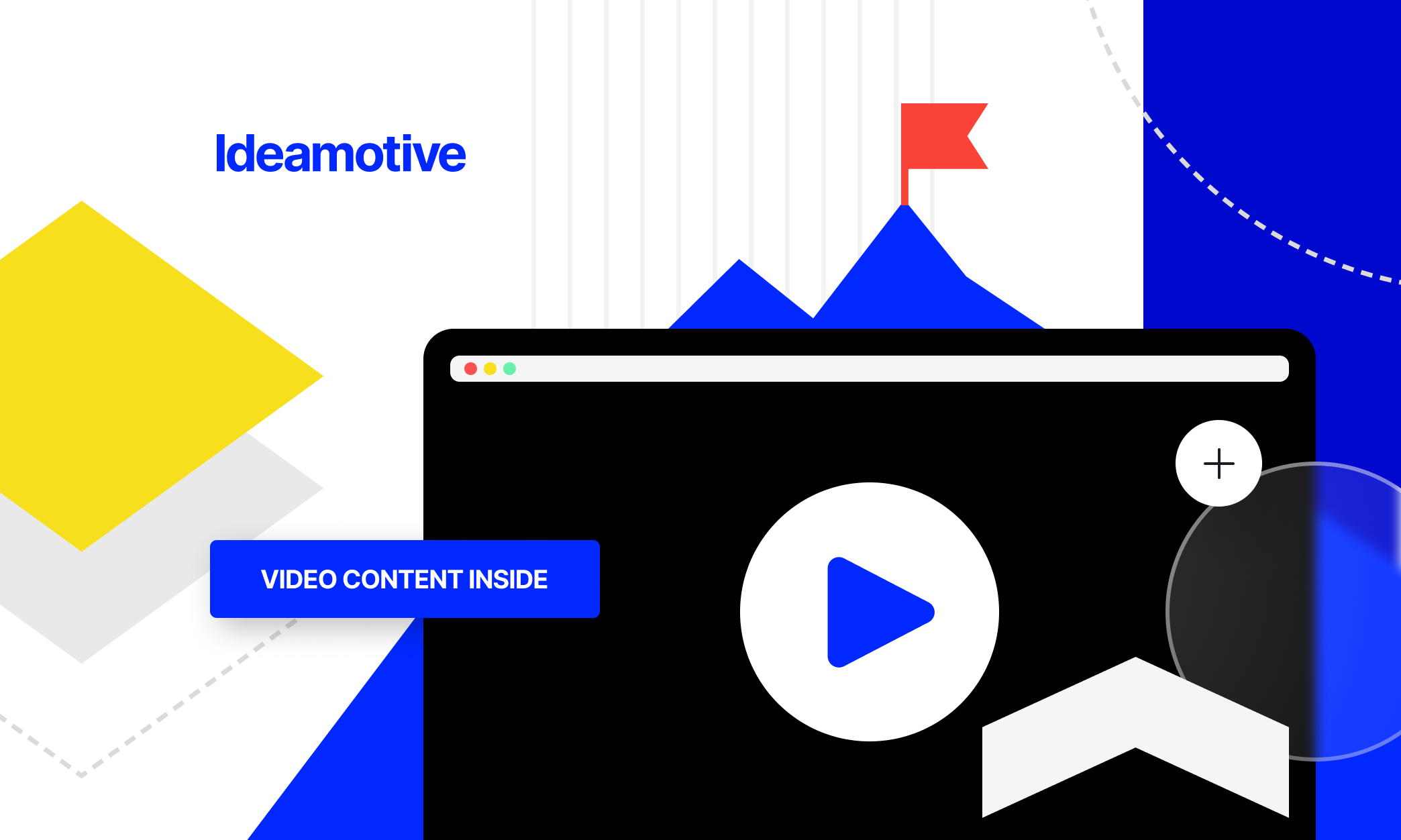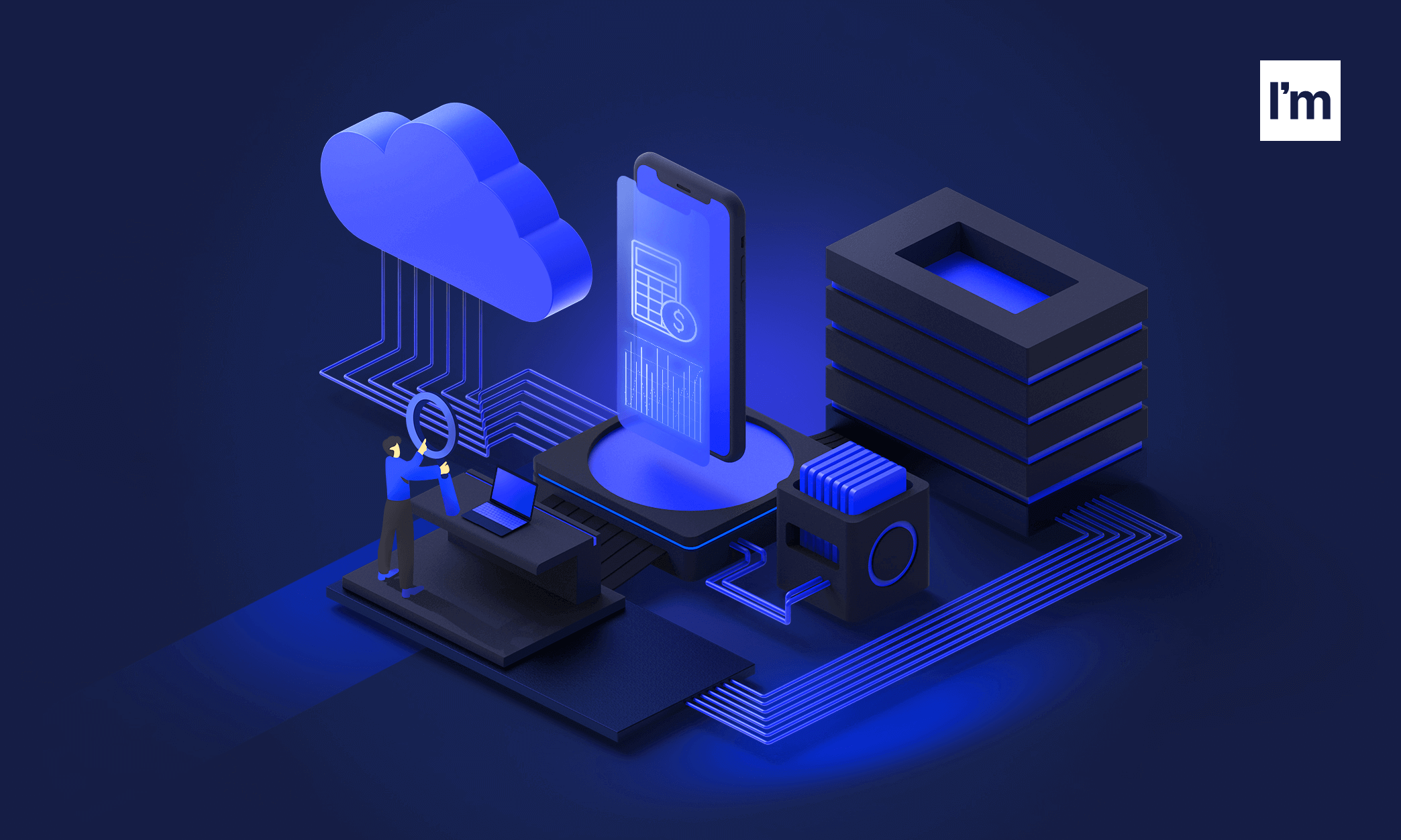What should go into a SaaS technology stack? This is one of the most critical questions developers of SaaS software have to answer before building their apps. From the choice of programming language and development tools to frameworks and libraries, combining technologies and tools that comprise a SaaS technology stack will play a significant role in the app’s success.
Making the right choices to build a robust SaaS technology stack can make the app development process smoother and cost-efficient. It also optimizes app performance and makes it easier for software developers to maintain and update the app.
ChatGPT can be an extremely useful addition for developers wanting to build a web application or SaaS product with natural language processing capabilities to elevate the customer experience. This article will explore everything developers need to consider when incorporating ChatGPT into a SaaS tech stack.
Key components of the SaaS technology stack for ChatGPT integration
When integrating ChatGPT into your SaaS technology stack, it is essential to pick the right components carefully. Here are some critical components of the SaaS tech stack to consider for successful integration with ChatGPT:
Cloud server providers with AI capabilities
Rather than investing in and maintaining an on-premise server, opting for a cloud server provided by a third-party provider will provide developers with a cost-effective and scalable way to host and manage their applications.
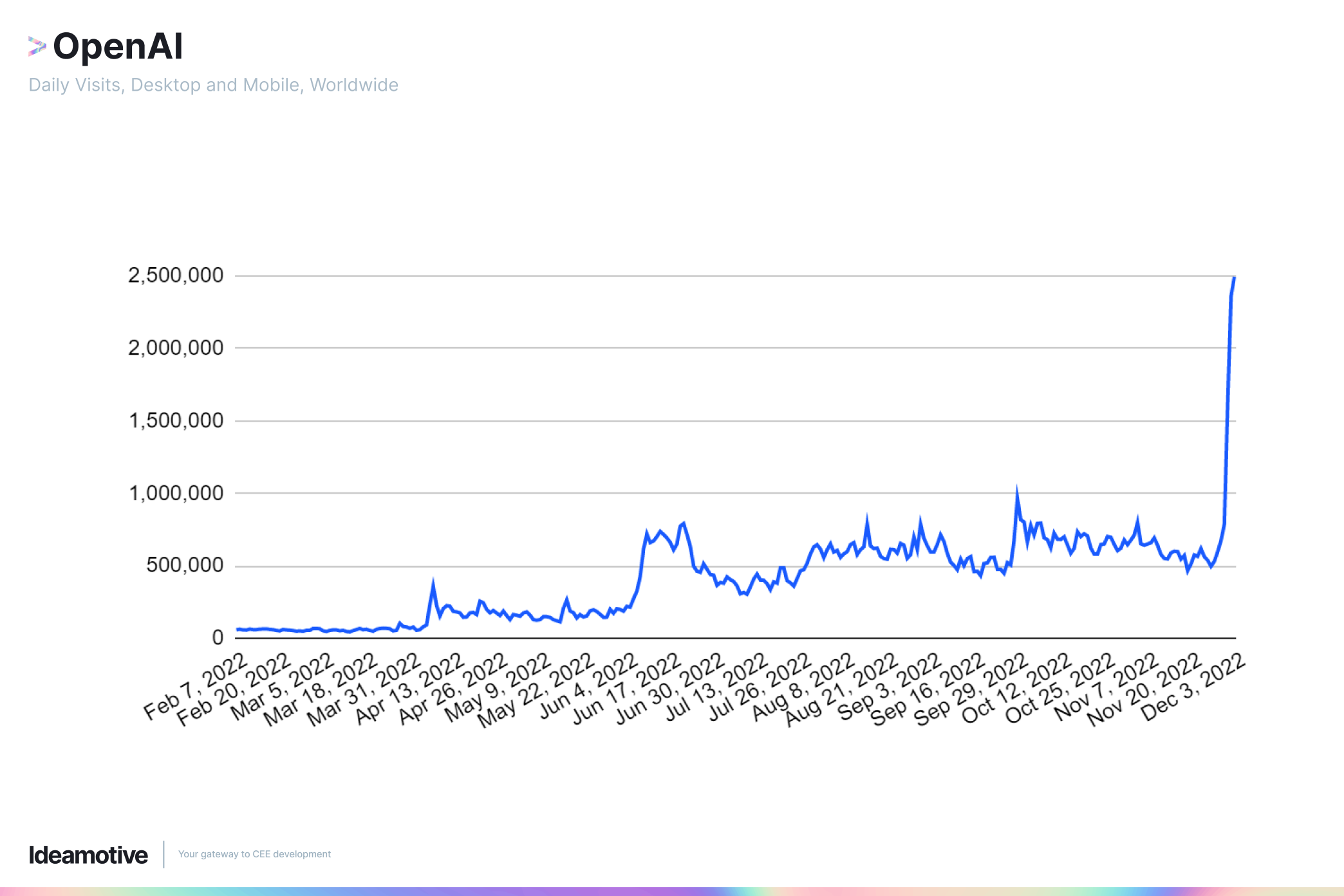
For smooth integration with ChatGPT, it’s essential to choose a cloud service provider with AI capabilities. These cloud providers offer various services, including pre-trained machine learning models, custom training frameworks, and AI development tools.
Here are some examples of cloud service providers with AI capabilities:
-
- Amazon Web Services (AWS) and ChatGPT compatibility
AWS offers over 200 services in various categories, including computing, database, storage, mobile, developer tools, security, and more. They also have services that support machine learning and artificial intelligence (AI).
In particular, Amazon SageMaker is a high-performance, low-cost machine service that builds, trains, and deploys machine learning models with fully managed infrastructure, tools, and workflows.
In this post, AWS demonstrates a multi-tenant architecture that integrates AWS with AI technologies such as ChatGPT and DALL-E.
- Google Cloud Platform (GCP) and ChatGPT integration
GCP is a managed service that provides developers with various AI and machine learning services. In particular, the Google Cloud AI platform enables developers to build, train, and deploy machine learning models.
One advantage of using GCP is that it taps into the best of Google’s extensive data, research, and technology. Their tools can be applied for various use cases, including AI for data scientists, AI for developers, and AI infrastructure.
Their Enterprise Bot and its suite of products integrate deep learning frameworks and various AI models, including ChatGPT and GPT3.
- Microsoft Azure and ChatGPT support
Microsoft and OpenAI—the creator of ChatGPT—formed a partnership in 2019. The partnership focused on building a computational platform in Azure to train and run increasingly advanced AI models built on Microsoft’s supercomputing technology.
In early March of 2023, Microsoft announced that ChatGPT is now available in Azure OpenAI Service so developers can apply the most advanced AI models, including DALL-E 2 and GPT-3.5.
Developers using Microsoft Azure OpenAI Service will benefit from access to large language models and generative AI that can be applied to writing assistance, code generation, reasoning over data, and more.
Frameworks and libraries for integrating ChatGPT into web applications
The building blocks of frameworks and pre-written codes of libraries help software developers save time and reduce errors when building web applications.
Here are a few factors developers need to look out for when choosing the frameworks and libraries to support ChatGPT integration:
- Web application framework
Look for web application frameworks offering routing, templating, and database connectivity to simplify development and provide a solid foundation for integrating ChatGPT.
- Chatbot framework
Several chatbot frameworks are available that developers can integrate with ChatGPT into their web applications. It’s best to choose chatbot frameworks that offer tools for building conversational flows, handling user input, and integrating with messaging platforms.
- Natural language processing (NLP) libraries
Developers must integrate NLP libraries so ChatGPT can understand and respond to user input. These libraries can help with tokenization, part-of-speech tagging, entity recognition, and other related tasks.
Adapting multi-tenant architecture for ChatGPT-based SaaS applications
The multi-tenant architecture allows multiple customers to use SaaS apps simultaneously, but each customer has their own isolated environment and individual data. When adopting multi-tenant architecture for SaaS, developers need to keep in mind:
- Data isolation
Like other data such as personal information, billing and subscriptions, and access controls, each tenant’s conversations with an integrated ChatGPT function must remain isolated. Developers can implement encryption and network segmentation strategies to keep each tenant’s data separate and block traffic between tenants.
- Personalization
Developers need to ensure that integrated ChatGPT functions can adapt and learn the preferences of each individual user. Personalization can manifest as more accurate responses to user queries, adapting to individual communication styles, and providing recommendations,
- Scalability
The SaaS technology stack needs to support a multi-tenant architecture that can handle multiple customers and large volumes of data. Developers must ensure the architecture can handle the expected load and that resources are appropriately allocated for each user’s permission access or subscription level.
DevOps tools for managing and monitoring ChatGPT in the SaaS tech stack
DevOps tools make it easier for software developers to automate deploying, managing, and monitoring AI chatbots such as ChatGPT.
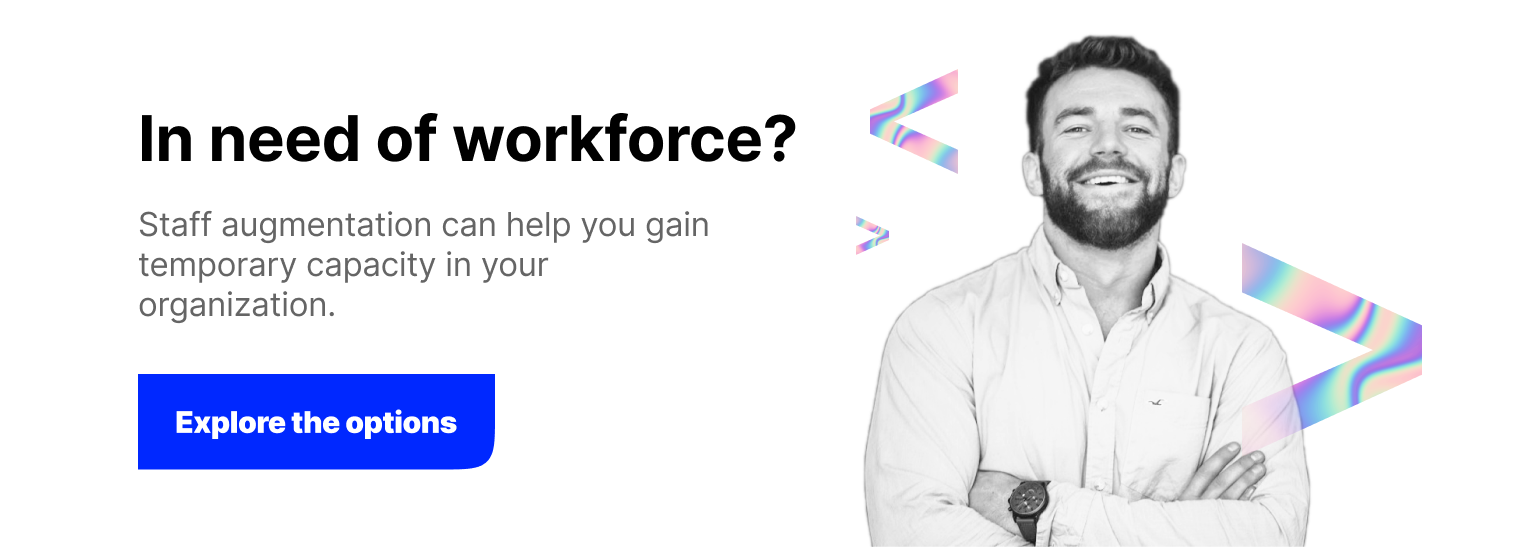
With the right tool for your SaaS tech stack, you can deliver a better user experience of ChatGPT-integrated SaaS app or web page. Here are some of the best ones you can use.
- Kubernetes tools
Kubernetes offers discoverability, observability, horizontal scaling, and load balancing to deploy and manage containerized SaaS applications easily.
- Prometheus & Grafana
This open-source monitoring tool that collects and aggregates metrics as time series data can be used to monitor the performance of your ChatGPT-based functions in real-time.
By pairing Prometheus with Grafana, a data visualization tool, you can view the metrics collected as user-friendly dashboards that make identifying and troubleshooting issues easier.
- Jenkins & GitLab
Both Jenkins and GitLab platforms offer many different automation tools to build, test, and deploy chatbots automatically, making managing them at scale easier.
Leveraging ChatGPT in SaaS applications
There are several advantages of including ChatGPT in the SaaS technology stack during application development.
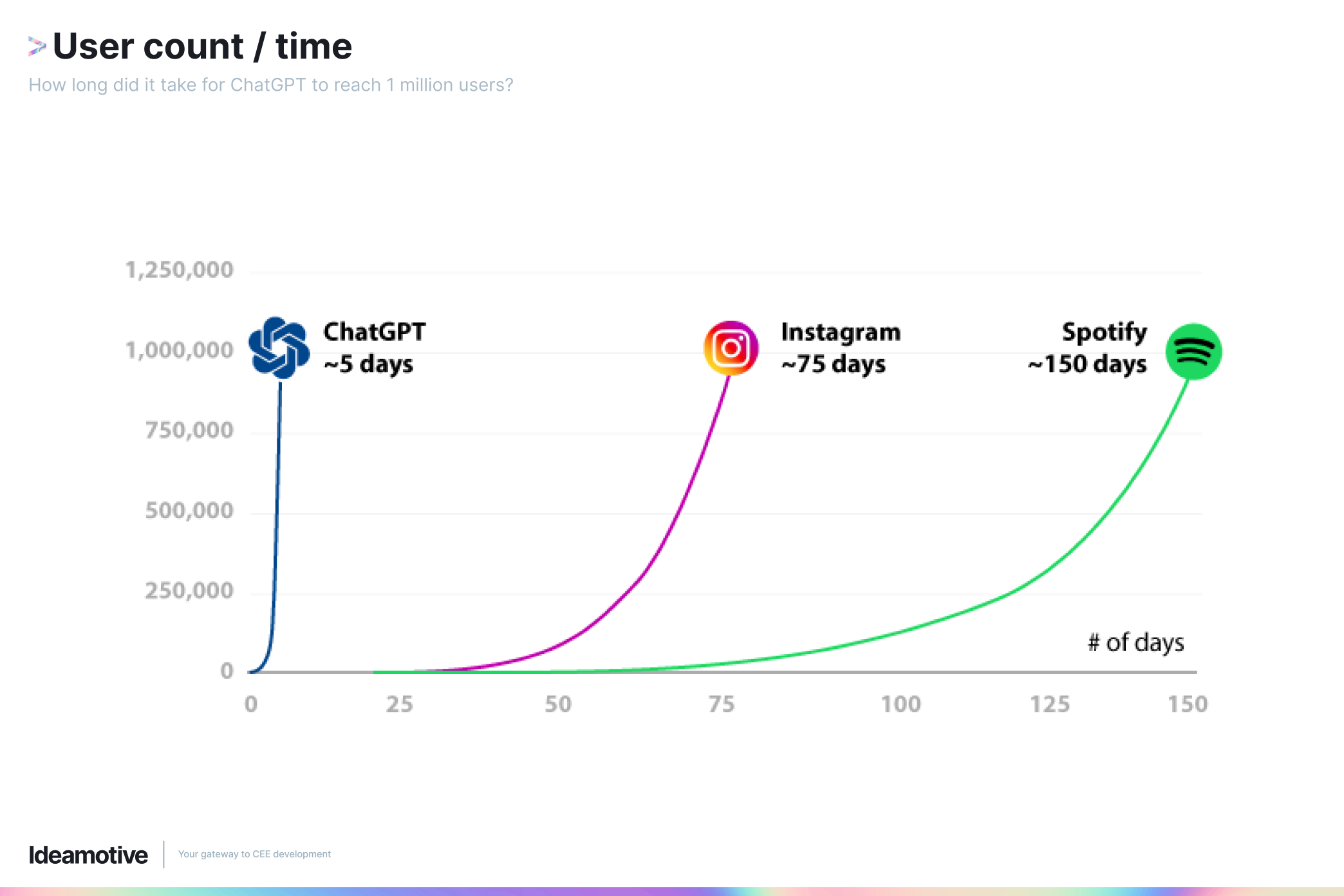
Here are some key ones that can give businesses a competitive advantage.
- Personalised user interactions
Personalising the user experience of a SaaS app can increase user engagement, satisfaction, and retention. With ChatGPT, developers can take personalisation beyond first-name greetings.
ChatGPT-driven SaaS apps can deliver conversations that adapt to users' preferences and behaviour. Developers can leverage this to help users achieve their goals with the SaaS app through step-by-step instructions or recommendations.
- Enhanced customer support
Integrating ChatGPT with existing customer support systems can provide customers with immediate responses to the most common questions, improving customer satisfaction.
Simultaneously, customer support agents will be freed from answering repetitive questions, giving them more time to focus on unique or difficult enquiries and enhancing the level of support they can provide.
- Streamlined workflows
ChatGPT can also streamline business process management by identifying and automating repetitive tasks such as data entry, scheduling appointments, and sending out user reminders.
- Predictive maintenance
Industry analysts estimate that application downtime can cost companies around $100,000 per hour in productivity and data loss costs, perhaps more when considering reputational damage.
ChatGPT can be trained to monitor performance metrics from large volumes of data and recommend predictive maintenance, which can help reduce downtime and deliver an extremely high performant app.
Fostering a data-driven culture
Organisations that adopt a data-driven culture are better equipped to respond to changing market needs, grow sales, improve processes, serve customers better, and identify new business opportunities.
Despite these benefits, many businesses struggle to foster a data-driven culture. One of the key challenges in adopting a data-driven culture is the difficulty in compiling and analysing data.
A ChatGPT-driven SaaS app or web page removes this challenge by being able to rapidly analyse large volumes of data from multiple sources and then summarise it in natural language. Insights from this data can enhance app personalisation, product recommendations, and marketing strategies and identify improvement areas.
Furthermore, ChatGPT can improve collaboration between software developers and data scientists by removing the time-consuming tasks of collecting and analysing data. This improved collaboration can lead to:
- Improved app performance
ChatGPT can free data scientists to focus on more complex tasks, such as creating and refining machine learning models by automating data collection and analysis tasks.
ChatGPT can also help free up software developers' time by automating tasks such as data entry, testing, and deploying. This allows them to implement the analytic insights from data scientists to improve app performance.
- Faster development cycles
Improved collaboration between software developers and data scientists can lead to a more streamlined development process.
With ChatGPT handling some data-related tasks, data scientists can work more closely with software developers to ensure that the machine learning models are integrated seamlessly into the application. This can lead to faster development cycles, fewer errors, and a better end-user experience.
Ethical AI considerations
Integrating application development with AI technologies allows software developers to execute new and innovative ideas with a level of ease and speed previously unimaginable. But what of its ethical implications and impact on human society?
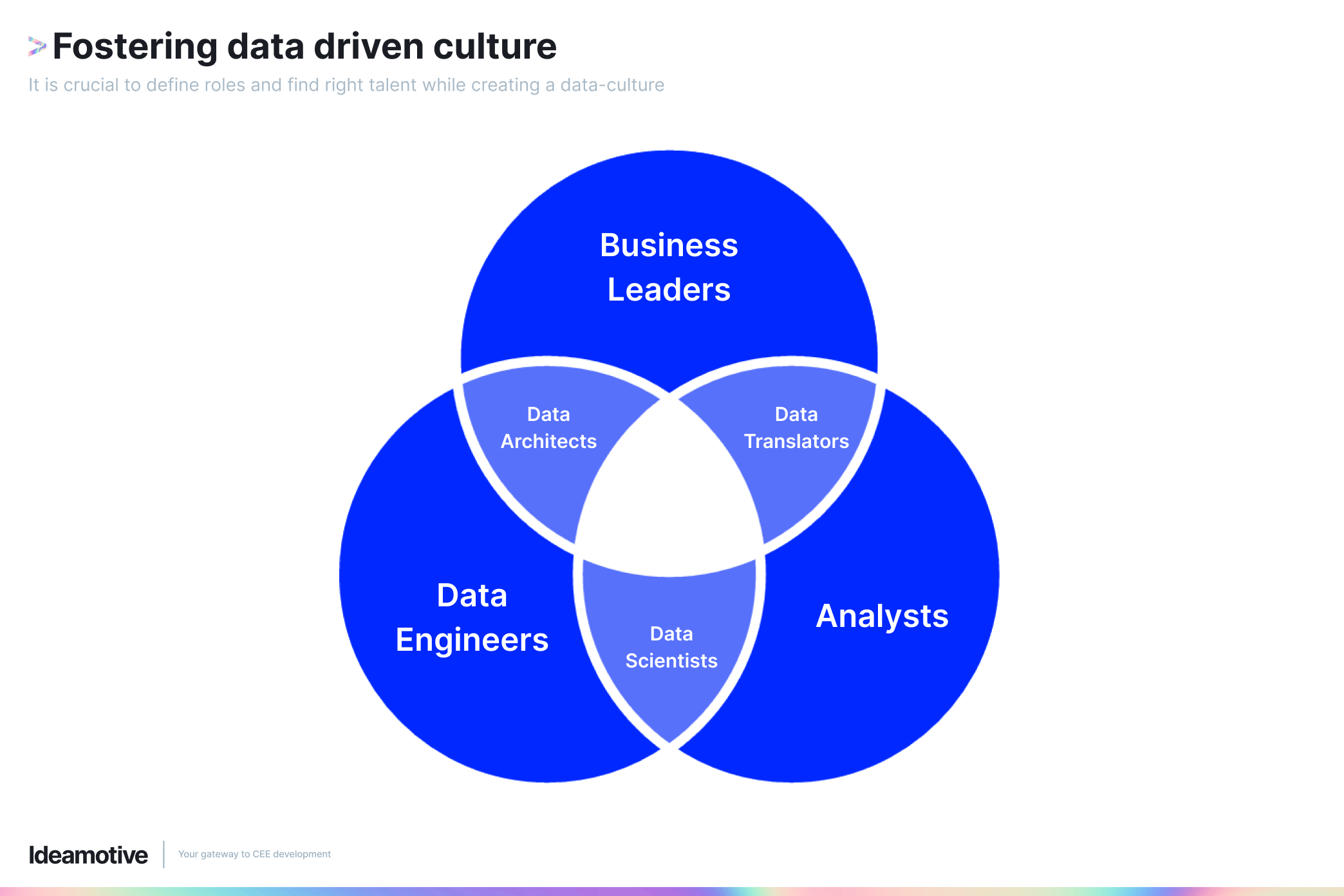
To address the growing importance of ethical implications, software developers should take into account the following ethical considerations when using ChatGPT or AI in their projects:
- Balancing automation with human expertise
One of the key concerns is how AI will create job displacement. Developers should strive to create solutions that enhance human work rather than replace it.
The key is using AI for automation and to reduce repetitive tasks for employees. By doing so, organisations can leverage employees for tasks that require human creativity, problem-solving skills, and knowledge. Striking this balance will give businesses the best of both worlds.
- Bias
AI models can be biased on the data they are trained on. Developers must consider this and ensure their models are trained on diverse and representative data. SaaS apps with algorithmic bias risk being systematically unfair to certain groups of people, which can negatively affect a company’s reputation.
- Data privacy
AI-powered apps may collect and store sensitive user data. Developers should ensure their privacy policies comply with data protection regulations. Some strategies developers can use to protect sensitive information include data encryption, anonymising data, and robust security measures such as access control and regular monitoring for potential security breaches.
- Transparency
Developers need to be transparent about how they use ChatGPT or other AI technologies in their products. Users must understand how their data is used to make decisions, recommendations, and other features.
It’s important to communicate this clearly and succinctly. Hiding this information behind a wall of jargon or fine print makes it difficult for the user to understand and can build distrust.
- Informed consent
Following up with transparency, developers should obtain explicit consent from their users. Ideally, users should be able to choose the information or behaviour the app can collect. They should also be fully informed of the consequences of their choices, including any impact on the app’s performance.
Moving forward: What steps to take next
If you see the value of integrating ChatGPT into your SaaS technology stack, here are some next steps to fully leverage its capabilities, boost efficiency, and elevate the customer experience.
- Choose your cloud service provider with AI capabilities. Evaluate how each provider can help you meet your SaaS app or web page goals.
- Decide how you want to modify existing applications or web pages to support ChatGPT integration or if you need to develop something new from scratch.
- Once you have integrated ChatGPT into your SaaS technology stack, continuously test and refine the functionality to ensure it meets the needs of all stakeholders and your users.
Enhancing your SaaS applications or web page with ChatGPT integration can bring several benefits that improve performance and higher customer satisfaction. With this competitive advantage, you’ll be better positioned to attract new users while enjoying high customer retention.
Conversely, not taking the steps to leverage the power of AI can leave your products and services lagging behind the competition. The time to start embracing AI technology is at its prime, which, when paired with sound ethical considerations, can help your business to scale and create impact successfully.
